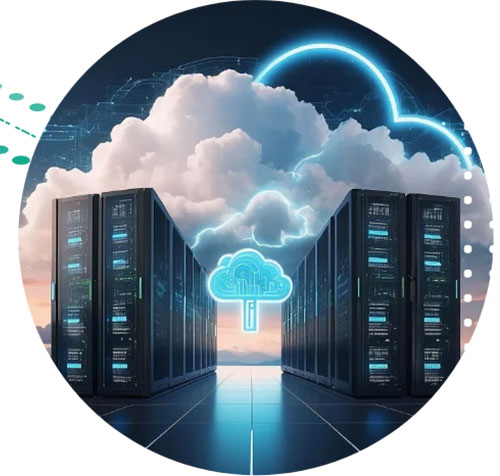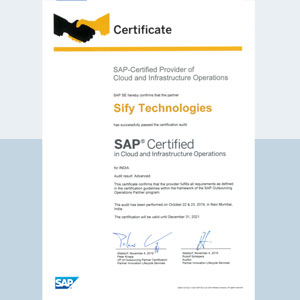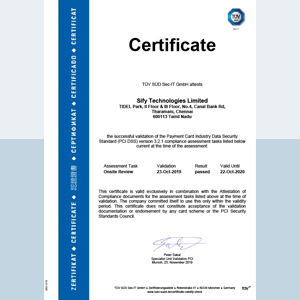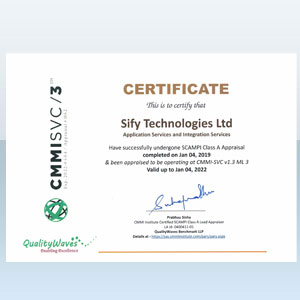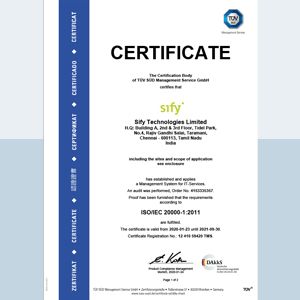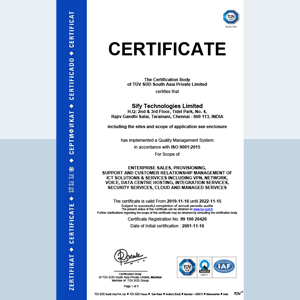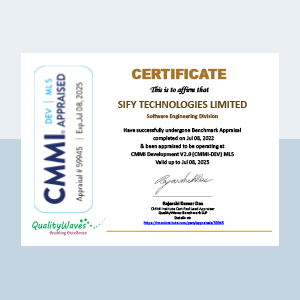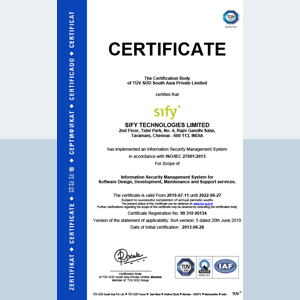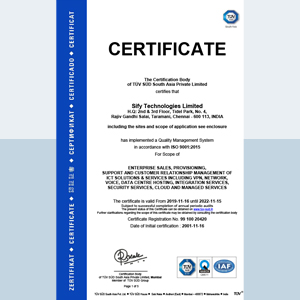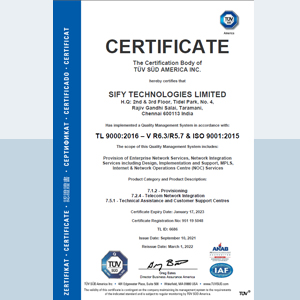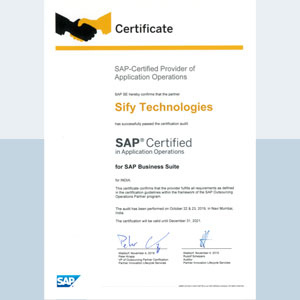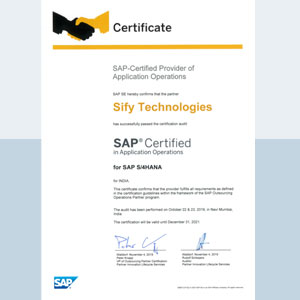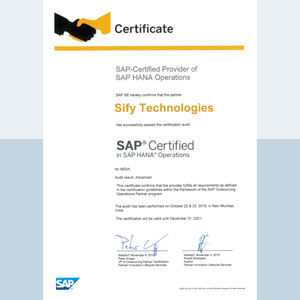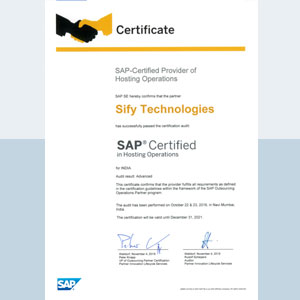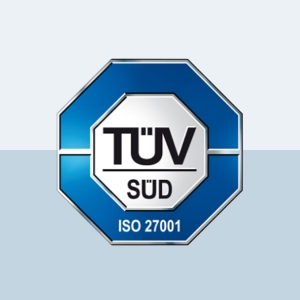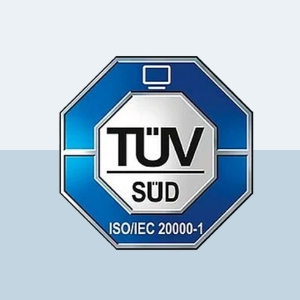Table of contents
Hybrid/multi cloud environments are at the forefront of enabling flexible, scalable, and customized software-defined and managed infrastructure solutions. They mark a significant leap in how businesses approach technology and operations. As digital transformation becomes a pivotal goal for organizations, the move towards cloud diversity is not just a trend but a strategic imperative. Businesses are increasingly adopting a blend of on-premises/hosted, private, and public cloud services to optimize their operations, drive innovation, and maintain a competitive edge. This shift is further fueled by the need for agility, enhanced security, resiliency, and cost efficiency in a fiercely competitive VUCA landscape.
For a comprehensive understanding of the technical and business benefits brought on by hybrid/multi cloud environments
Navigating challenges and seizing opportunities
The journey towards hybrid/multi cloud is far from easy. Challenges such as integration complexities, security concerns, network performance, latency and cost escalations are frequent roadblocks. However, organizations that develop a sound strategy to balance the challenges with opportunities can achieve unparalleled flexibility, resilience, and innovation.
An in-depth look into hybrid/multi cloud
A robust hybrid/multi cloud strategy rests on several pillars. These include integrating various cloud platforms and ensuring maintainability (through the automation of deployment and lifecycle management), effective and optimized workload distribution, and enforcing stringent security standards and compliance. These factors play a crucial role in making sure these complex environments run optimally and deliver on their promise of enhanced flexibility and scalability along with adequate disaster recovery and redundancy.
For example, let’s look at the healthcare sector, where the adoption of hybrid cloud is becoming increasingly prevalent. Healthcare providers today are under immense pressure to manage patient data securely while providing accessible and affordable care. In this scenario, a hybrid cloud model allows for sensitive patient records to be stored in a secure, compliant private cloud, while scalable public and edge cloud resources are utilized for remote patient-facing applications.
Similarly, a financial institution might use hybrid cloud to keep critical customer data in a private cloud while leveraging the public cloud for high-compute risk analysis tasks and so on. In the retail industry, multi cloud strategy is often employed to manage fluctuating demand. By distributing e-commerce systems across multiple clouds, retail chains can effectively manage high traffic loads. Additionally, specialized analytics services provide insights to ensure availability during critical shopping periods while enabling better personalization.
For a detailed understanding of how Sify continues to elevate the level of patient care in the healthcare sector, read one of our success stories
For a more detailed exploration of foundational concepts and Sify’s hybrid cloud services, refer to our previous blog
Planning for hybrid/multi cloud adoption
As organizations look to transform their IT infrastructure through hybrid/multi cloud adoption, careful planning becomes imperative. This includes the below steps:
- Assessing business needs and goals: Understanding the end-goal – whether it’s increased agility, cost savings, innovation, or all of the above – is essential to set the stage for an effective transition.
- Evaluating IT infrastructure readiness: Before diving in, it’s crucial to take inventory of all existing applications and workloads. Assess the compatibility of existing systems and identify gaps that need to be addressed.
- Migration strategy: Develop a clear migration strategy by categorizing applications for migration, modernization, or retirement. Not all applications and workloads are immediately ready for the cloud. This step is essential for a smooth transition to the cloud, ensuring that each application’s placement aligns with its importance, functionality, and compliance requirements. Automation of deployment and lifecycle management along with observability are also key.
Learn more about Sify’s advisory and cloud migration services
- Network performance: One of the key requirements for successful hybrid cloud implementation is robust network performance. Ensuring cloud adjacency for hyper-low latency, direct cloud connect, optimal network performance, industry-specific compliance, and security is fundamental to supporting hybrid/multi cloud deployments effectively.
Network performance is a critical component of hybrid cloud environments. Our offerings are designed to provide cloud adjacency while ensuring high performance, compliance, and robust security. Our comprehensive network managed services are tailored to industry-specific needs.
- Compliance requirements: Maintaining compliance with industry regulations is critical. Customize your cloud strategy to meet the relevant standards and regulatory requirements of your industry as well as country-specific rules.
- Security and privacy concerns: Security is a top priority in any cloud adoption strategy. Develop a robust security framework that encompasses data protection, access controls, and regular security audits.
- Data management and integration challenges: Plan for how you will move, store, and access data across different cloud environments for optimizing application access and security.
- Cost management: Understand and manage the costs associated with hybrid and multi cloud environments. Implement tools and practices that provide visibility into usage and expenses to avoid cost overruns.
- Creating a roadmap for adoption: A step-by-step roadmap is essential, outlining the process from initial assessment to implementation, including timelines, milestones, and stakeholders. Digital transformation through hybrid/multi cloud adoption is a journey that requires a continuous evaluation and adoption of new technologies and benefits brought by different cloud platforms.
- Identifying suitable service providers: Consider a service provider like Sify who acts as a trusted advisor, in addition to providing comprehensive hybrid cloud services, multi-vendor support and innovative solutions like single-window platforms that cater to both your current business needs as well as long-term objectives.
The fundamental steps in setting up a hybrid/multi cloud environment
Planning aside, the actual process of implementing hybrid/multi cloud solution is complex enough to warrant careful consideration and execution. Here’s a breakdown of the key steps involved in the process:
- Deciding on the architecture type
The architecture needs to align with your strategic vision and business goals. Choose the right mix of public or private clouds and on-premises/hosted solutions. Selecting the right model and solution vendors is critical for designing an infrastructure landscape that aligns with your objectives.
- Designing the cloud architecture
The architecture should be designed with scalability, high availability, observability, automation and disaster recovery in mind. A well-thought-out design ensures the system is resilient and capable of adapting to on-demand changes or potential disruptions, providing continuous and assured quality of service (QoS) to users.
- Establishing network design
A robust network design is essential to ensure connectivity and low latency between different cloud environments. This aspect is vital for maintaining performance levels and a smooth user experience. Also essential for an efficient hybrid/multi cloud network design are direct cloud connect services, cloud proximity offered by multiple data centers, and a robust SD-WAN solution across a widespread, multi-site, and high-bandwidth network with failover capabilities.
- Integration of cloud environments
Effectively integrate your cloud environments using APIs and data connectors. This integration is crucial for the seamless operation of different cloud services and applications, ensuring they can communicate and function together efficiently across disparate environments.
- Security and compliance
Implement unified security policies across all clouds to protect data and resources. Ensure that your cloud strategy adheres to industry-specific data governance and compliance standards across jurisdictions. Additionally, implement robust identity and access management (IAM) across platforms to maintain data integrity.
- Workload and resource allocation
Implement effective strategies for workload and resource allocation to ensure resources are utilized efficiently and can scale according to your needs. Proper allocation helps in managing costs and performance.
- Modern tools and platforms
Employ modern tools and cloud management platforms that facilitate the adoption, monitoring, and management of your cloud environments. These tools should provide comprehensive observability and control over your infrastructure. More on this in the next section.
- Automation implementation
Automate deployment, scaling, and lifecycle management tasks to reduce manual errors, accelerate processes, and ensure consistency.
- Best practices for deployment and configuration
Follow best practices for deployment, configuration, training/skill development and knowledge-sharing to ensure that all team members understand the system, maintain it effectively, and are prepared for independent operations.
Need for continual, multi-faceted monitoring
In a hybrid/multi cloud environment, continuous and multi-faceted monitoring is essential for maintaining system health and performance. Organizations must employ analytical insights to understand usage patterns, detect anomalies, and make informed decisions about performance improvements.
Cloud Management Platforms (CMPs), like Sify InfinitCMP, are comprehensive solutions designed to manage and monitor multi-cloud environments. CMPs offer a centralized view of all cloud resources, making it easier for organizations to manage their cloud infrastructure. They provide a range of tools and services for policy enforcement, performance monitoring, cost management, and security compliance. They also offer monitoring capabilities that track metrics across various cloud platforms, providing visibility into overall processes and system operations.
However, many contemporary CMPs lack certain features critical for modern cloud environments. Sify overcomes these shortcomings by offering capabilities such as:
- End-to-end automation: Automation of all cloud management and deployment tasks
- Self-service capabilities: Intuitive self-service options for managing cloud resources without constant IT intervention
- Real-time (RT) monitoring: Real-time insights into system performance and security, which is crucial for prompt decision-making
- Legacy integration: Seamless integration with legacy systems, minimizing gaps in data flow, management and monitoring
- Performance optimization: Advanced analytics to optimize workloads and performance, making it easy to fine-tune resources effectively
- Skill gap: Minimized need for coding or in-house expertise needed to leverage the capabilities of the platform
Conclusion
As businesses increasingly turn to hybrid/multi cloud environments to enhance their agility, scalability, and competitiveness, understanding the complexities of managing and monitoring these systems becomes crucial. Organizations looking to thrive in a cloud-centric world must prioritize not only the selection of the right cloud services and architectures but also the continuous management and monitoring of their cloud environments. By doing so, they can ensure their infrastructure remains secure, efficient, and aligned with their business objectives, thereby driving growth and innovation.
All of this requires a comprehensive approach that involves advanced observability platforms, like Sify InfinitCMP. We provide solutions ensuring that your cloud environments are not just connected but optimized. Our network solutions are built to deliver the high-speed, low-latency connectivity essential for modern hybrid IT deployments. Cloud adjacency services for all major public clouds from our data centers along with proven disaster recovery capabilities make us a unique service provider for your every need.
Furthermore, we understand that different industries face unique regulatory and compliance challenges. Our cloud services are tailored to meet these specific needs, ensuring that your deployment is not only efficient but also compliant with relevant industry standards. Security is another cornerstone of our offerings. We provide comprehensive managed services that include robust security measures, safeguarding your data and applications across all cloud environments.
Looking to accelerate your hybrid/multi cloud transformation journey? Connect with us today
FAQs
Adopting a hybrid/multi cloud environment offers numerous benefits, including increased flexibility and scalability. It enhances disaster recovery capabilities by distributing resources across multiple environments, thus minimizing potential downtime and data loss. Additionally, it enables businesses to choose the most cost-effective and suitable cloud solutions and promotes optimized performance by allowing for the strategic placement of workloads.
During the transition to a hybrid/multi cloud model, organizations commonly face challenges in managing and integrating multiple cloud platforms. Ensuring consistent security and compliance across diverse environments and cost management are potential difficulties. The need for specialized skills to manage and optimize multi-cloud environments, performance issues due to latency or misconfigured workloads and interoperability of cloud services can be challenging.
Network performance is critical in hybrid cloud environments as it directly impacts the efficiency and reliability of operations across the distributed infrastructure. High network performance ensures low latency and fast connectivity between on-premises data centers and various cloud services, which is essential for the smooth running of applications and services, particularly those requiring real-time data processing. It also affects the speed and success of data migration and synchronization, overall system responsiveness, and user experience.
Automation plays a pivotal role by streamlining complex processes, reducing the scope for human error, and improving efficiency and consistency. It’s essential for managing the scale and complexity of multi-cloud environments, enabling rapid deployment, scaling, and management of resources across different clouds. Automation also facilitates continuous integration, real-time monitoring, and proactive security and compliance. All of these are crucial for maintaining a robust, agile, and secure hybrid/multi cloud environment.











